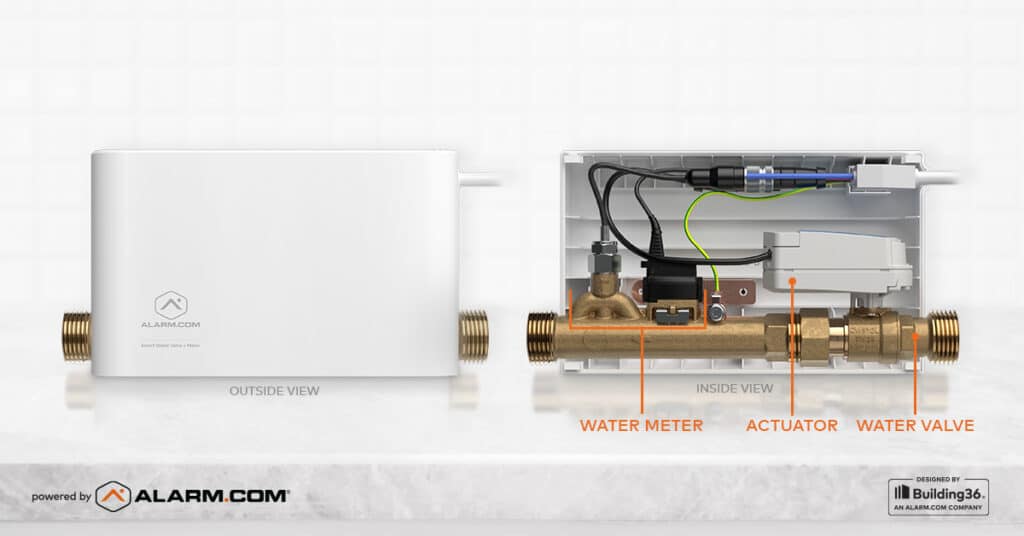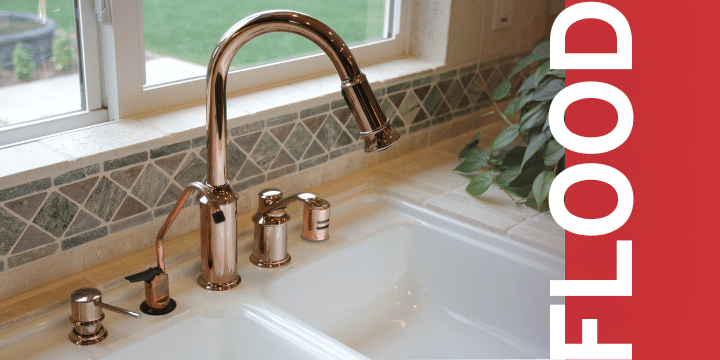Floods can be a major inconvenience and can cause significant damage to your home. Whether the flood is caused by heavy rainfall, a broken pipe, or a malfunctioning appliance, it is important to take steps to prevent house floods and to know what to do if one does occur. In this blog post, we will discuss how to prevent house floods and what to do if your home does flood.
Preventing a Flood in Your Home:
There are several steps you can take to prevent your home from flooding:
- Fix any plumbing issues: Regularly check your pipes and appliances for any signs of wear and tear. If you notice any leaks or broken pipes, have them repaired as soon as possible.
- Install a sump pump: A sump pump is a device that removes water from your basement by pumping it outside. If you live in an area with a high water table or a history of basement floods, consider installing a sump pump.
- Add flood prevention devices: contact Security ONE to discuss flood and sump pump monitors.
- Keep gutters and downspouts clean: Clogged gutters and downspouts can cause water to build up on your roof and eventually leak into your home. Make sure to regularly clean your gutters and downspouts to prevent this from happening.
- Install flood barriers: consider elevating your home or installing flood barriers to help protect it from floodwaters.

What to Do If Your Home Floods
If your home does flood, follow these steps:
- Stop the source of the water: If the flood is caused by a broken pipe or appliance, turn off the water supply to stop the flow of water.
- Remove any standing water: Use a wet/dry vacuum or a sump pump to remove any standing water from your home.
- Dry out the area: Use fans and dehumidifiers to help dry out the affected area.
- Disinfect and clean: Once the area is dry, disinfect any surfaces that have come into contact with floodwater. This will help prevent the growth of mold and bacteria.
- Document the damage: Take photos and make a list of any damaged items. This will be useful when filing an insurance claim.
By following these steps, you can help prevent and manage a flood in your home. Remember to regularly check your pipes and appliances, and take steps to prevent water buildup on your roof. If your home does flood, act quickly to remove the water and dry out the area to prevent further damage.

